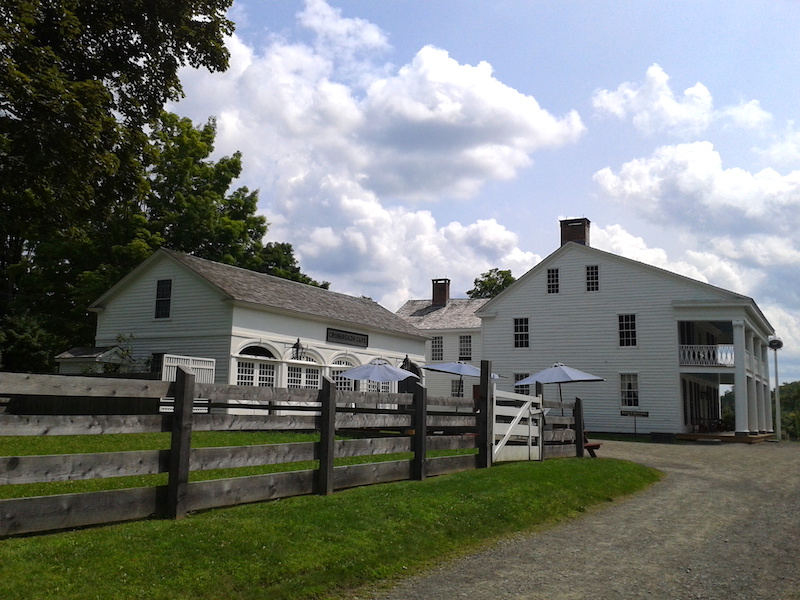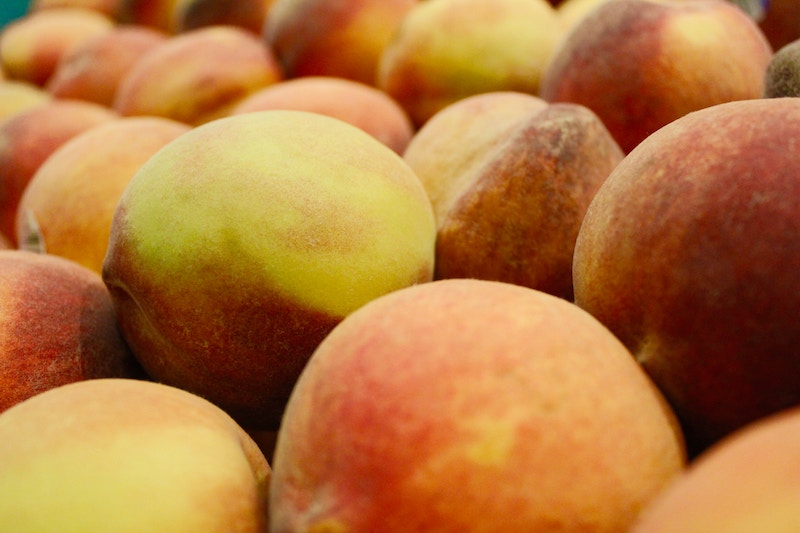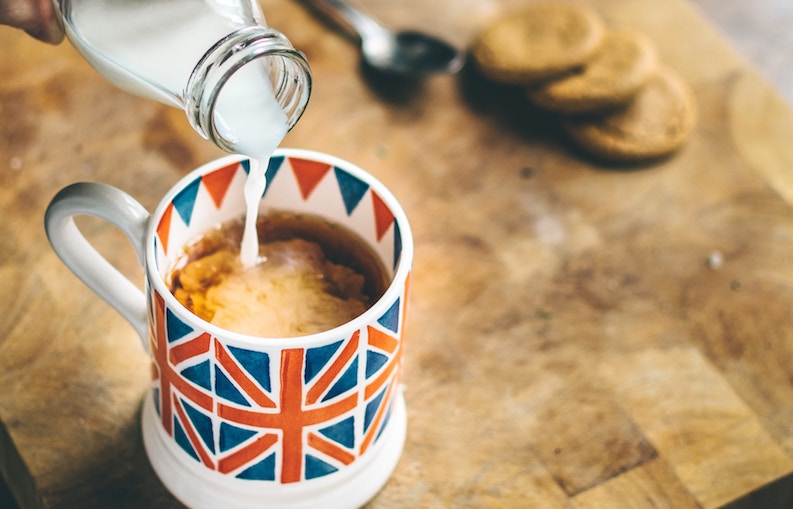Part two has me taken longer than I anticipated. I was involved in doing so much research that I had to say to myself, “Stop!” So I stopped researching and now will tell you about the exhibit at the Farmers’ Museum. The renovated barn houses a changing exhibit on the main floor and a permanent display of historic farm equipment on the second floor.
When Paul and I were in Cooperstown, NY earlier in the summer we had the opportunity to visit the main floor exhibit, “New York’s Good Eats – Our Fabulous Foods”. It is an insightful exhibit showing many of the foods that were developed, grown, harvested or made in New York State.
Since it will be impossible to talk about all the foods that make up the exhibit, I planned a “mini-tour” for my readers. Let’s begin with the Brooklyn Egg Cream. This fountain beverage was created in the late 19th century when soda fountains were popular social centers. Much credit is given to Louis Auster, a candy shop owner from Brooklyn. The beloved beverage is a combination of chocolate syrup, milk, and seltzer…no eggs…no cream!! The question among Egg Cream aficionados is…was the Egg Cream created in Brooklyn or the Lower East Side? Who really knows!!!
Moving on…the Ice Cream Sundae is said to have had its beginning in Ithaca on Sunday, April 3, 1892. After religious service, the Reverend John M. Scott stopped at the Platt and Colt Pharmacy for his usual dish of ice cream. Mr. Platt added cherry syrup and a dark candied cherry to the dish of ice cream…inventing the Cherry Sundae! It was a smash hit. However, the city of Two Rivers in Wisconsin claims that the ice cream sundae was invented there…the “fight” continues this day.
Next…in 1891 The Imperial Packing Company in Canajoharie, New York sold Beech-Nut smoked ham and bacon as their main products. Then, in 1899 the company changed its name to the Beech-Nut Packing Company and expanded their product line to include products such as ketchup, mustard, mints, fruit drops and Beech-Nut Chewing Gum. There were various flavors including spearmint, peppermint, and pepsin. The town of Canajoharie was referred to as “Flavor-Town” in magazine ads for Beech-Nut Gum.
Continuing the tour, Pearle Wait, a carpenter from Le Roy, New York, was known for putting up cough medicines and laxative teas in his home. On day in 1897 he decided to experiment with gelatin and soon developed and patented a fruit flavored dessert. Wait and his wife, Mary, named the dessert Jell-O. In 1899 Wait sold his business, including the formula and the name Jell-O to Frank Woodward for $450. Woodward was not successful in selling the gelatin product and sold the business including the name for $35. In 1900 the Jell-O name was first used in advertising by Genesee Pure Food Company. It became a family favorite dessert and by 1902 the sales were $250, 000.
Our next stop is the Moon Lake House in Saratoga Springswhere in 1853 a chef named George Crumm created the first Potato Chip. Originally the potato dish, known as French-Fried potatoes, was served as thick slices that were eaten with a folk and knife. One day a customer complained that the potatoes were too thick and soggy. Crumm, the chef, agitated with the customer cut the potatoes very, very thin then fried them very crispy and showered them with a generous amount of salt. They were an instant success!
There are many more food stories in the exhibit, New York Good Eats but I will stop with celery…yes, Celery. New York State in the 1800’s was a leading grower of celery. Celery along with other vegetables was grown in the mucklands located in the central part of the state. Muck is a very dark brown soil which is mostly organic matter; it is very rich in nitrogen and phosphorus, a very fertile soil that promotes high plant yields.
Celery is native to the Mediterranean region. It was usually eaten cooked, not raw as the vegetable was bitter and stringy. By the 19th century a new cultivar was developed with a milder and sweeter taste. Celery was a labor intensive plant to grow. It needed to be covered with soil to keep the plant light green and tender. The soil also needed to be kept damp but too much moisture would destroy the plant. Since celery was so difficult to grow it was regarded as a very expensive delicacy. In the 19thcentury celery was a status symbol on the dinner table. The raw vegetable, leaves and ribs, was put in a beautiful celery vase (see photo below) and then placed in the center of the table to impress guests. Celery vases were produced in blown glass, sandwich glass, crystal and etched glass. As newer and easier to grow varietals became available celery began to loose its status position in society and celery started to be offered on the table on flat plates, the era of the celery vase vanished.
The exhibit, “New York’s Good Eats – Our Fabulous Foods” at the Farmers’ Museum,Cooperstown, NY closes on October 31, 2012. The Farmer’s Museumhttp://www.farmersmuseum.org






 Discover the fascinating history of this much–loved beverage! Tea was first introduced to England in the 17th century. At first it was used for medicinal purposes and sold in London’s early coffee houses. Only when Catherine of Braganza (an avid tea drinker) of Portugal married England’s Charles II did tea become a social beverage. In 1840, Anna the 7th Duchess of Bedford is credited with inventing the custom of Afternoon Tea, a tradition that was embraced by Queen Victoria. Understand the difference between High Tea and Afternoon Tea and learn proper tea etiquette and customs.
Discover the fascinating history of this much–loved beverage! Tea was first introduced to England in the 17th century. At first it was used for medicinal purposes and sold in London’s early coffee houses. Only when Catherine of Braganza (an avid tea drinker) of Portugal married England’s Charles II did tea become a social beverage. In 1840, Anna the 7th Duchess of Bedford is credited with inventing the custom of Afternoon Tea, a tradition that was embraced by Queen Victoria. Understand the difference between High Tea and Afternoon Tea and learn proper tea etiquette and customs.